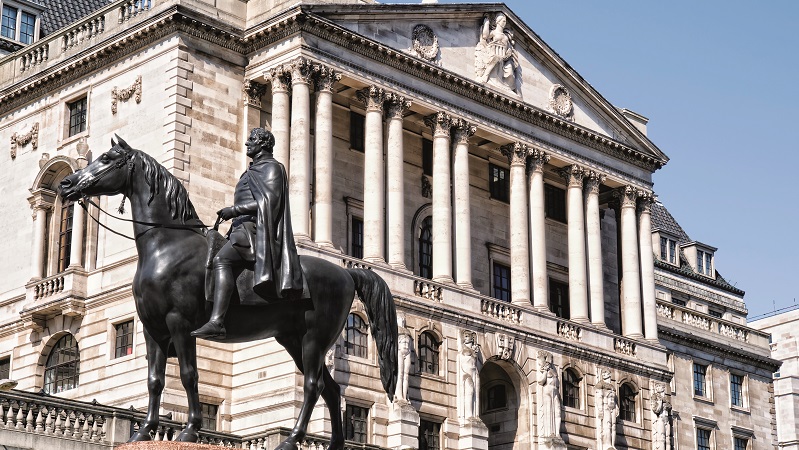Overshadowed by the carnage of the last seven days, the Debt Management Office announced its gilt remit for the 2023/24 fiscal year. As chancellor Jeremy Hunt delivered the Budget last Wednesday, the DMO unveiled plans to issue £240bn gilts, the largest net annual issuance on record.
However, with no support from the Bank of England, now a seller in the market, how will this affect the landscape for UK government bonds – and who will buy the gilts?
Robert Burrows, M&G Investments fixed income portfolio manager, said: “The much-anticipated gilt remit ended up playing second fiddle to a renewed banking crisis, which has quickly ripped through the market.
“Several months ago, the OBR had projected circa £305bn in gilt issuance for fiscal year 2023/2024. The major driving forces were lower projected growth and the energy price guarantee. Mercifully, energy prices have fallen considerably, and growth has held up slightly better than expected, helping relieve pressures on government finances.
“As a result, the gross financing remit for the new year was reduced by £51bn to £240bn, which was largely as expected. Despite this reduction, it will be the biggest net gilt issuance programme ever. The year of Covid saw a huge issuance programme; however, the market was supported by an equally sizeable central bank bond-buying programme.”
This time around, the BoE are not in a position to support the issuance, instead looking to sell back government bonds to the tune of £40bn.
This year’s remit is made up of seven syndication deals, featuring four conventional bonds and three index-linked. Syndications are used to issue large sums in a single go, as well as issuing generally riskier long-dated issues. Burrows says the breakdown of the issue throws up no major surprises.
2023-24 DMO gilt remit
| Auction | Syndication | Gilt tender | Unallocated | Total | |
|---|---|---|---|---|---|
| Short conventional (£bn) | 86.7 | – | – | – | 86.7 |
| Medium conventional (£bn) | 65.3 | – | – | – | 65.3 |
| Long conventional (£bn) | 32.9 | 18 | – | – | 50.9 |
| Index-linked (£bn) | 17.2 | 9 | – | – | 26.2 |
| Unallocated (£bn) | – | – | – | 12 | 12 |
| Total (£bn) | 202.1 | 27 | 0 | 12 | 241.1 |
Burrows added: “The Green bond issuance programme will continue with an expected £10bn raised in existing issues to bring them up to benchmark size. The unallocated portion of £12bn is there to upsize syndication deals if warranted and to relieve market stresses where necessary.
“Looking forward, the projections from the OBR for the next five years out to 2028 suggest another £885bn in issuance. That equates to £1,126bn over five years—an extraordinary sum. The GDP of the UK is £2.2trn. That is circa half of the UK’s GDP in five years.
“The big question is who will be buying these gilts in the coming years. LDI investors have seen a significant reduction in the need for holding gilts as their funding ratios have improved vastly. The central bank is now a seller. The level of yields arguably aren’t at extremely attractive levels to make them attractive on a global basis. Retail buyers might have some interest as gilts can offer tax advantages, but this will be a drop in the ocean. Add this all up and it leaves me scratching my head. Any buyers?”







